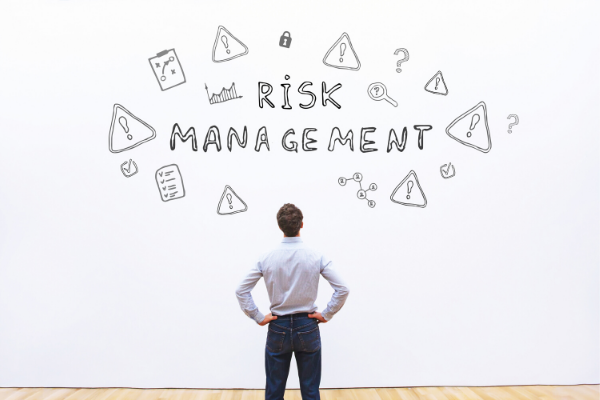On a global scale, risks are changing rapidly with technology and development. Issues that organisations face today haven't been ones that have been experienced in the past - think AI, blockchain, cybersecurity, not too much that pandemic COVID-19. Keeping in mind the exponential rate of change, managing risks systematically and proactively to overcome challenges that arise has become imperative to building trust and resilience across your organisation.
In today’s highly digital and global world, the potential for information security incidents has become more and more likely. Information security incidents are situations or issues where a threat has affected the security of your business network and the ability of your employees to do their work. Think hacking, malware, authentication issues and IT system failures.
6 Types of Risks To Be Managed With Enterprise Risk Intelligence Software
If you're involved in risk management at your organisation, there’s sure to be a great deal of responsibility placed on your shoulders to ensure that not only threats to your organisation are managed, but that your company is positioned to meet its objectives and make informed decisions. Given the breadth of potential risks that might affect your workplace, we have compiled a list of some of the factors you should consider when building and executing your risk management plan.
When it comes to managing incidents, the difference between a rapid, coordinated response and a delayed and fractured one can have huge consequences to your bottom line and reputation.
How to Review Your WHS Control Measures & Make Sure They Remain Effective
When it comes to workplace health and safety, risk management involves identifying potential hazards, assessing the risks of those hazards and putting appropriate control measures in place to eliminate or reduce the risks. The work doesn’t stop there however. After control measures have been implemented, every workplace has an obligation to do their best to make sure they remain effective and to review them on an ongoing basis.
Subscribe
Categories
- Risk Management (23)
- Enterprise Risk Management (18)
- Health & Safety (15)
- Business Continuity (14)
- Media Release (7)
- RiskWare (7)
- Compliance (6)
- Environmental Risk (4)
- Incident Management (3)
- Events (2)
- Artificial Intelligence (1)
- Case Studies (1)
- Corporate Governance (1)
- Government (1)
- Social Movement (1)















Leave a comment